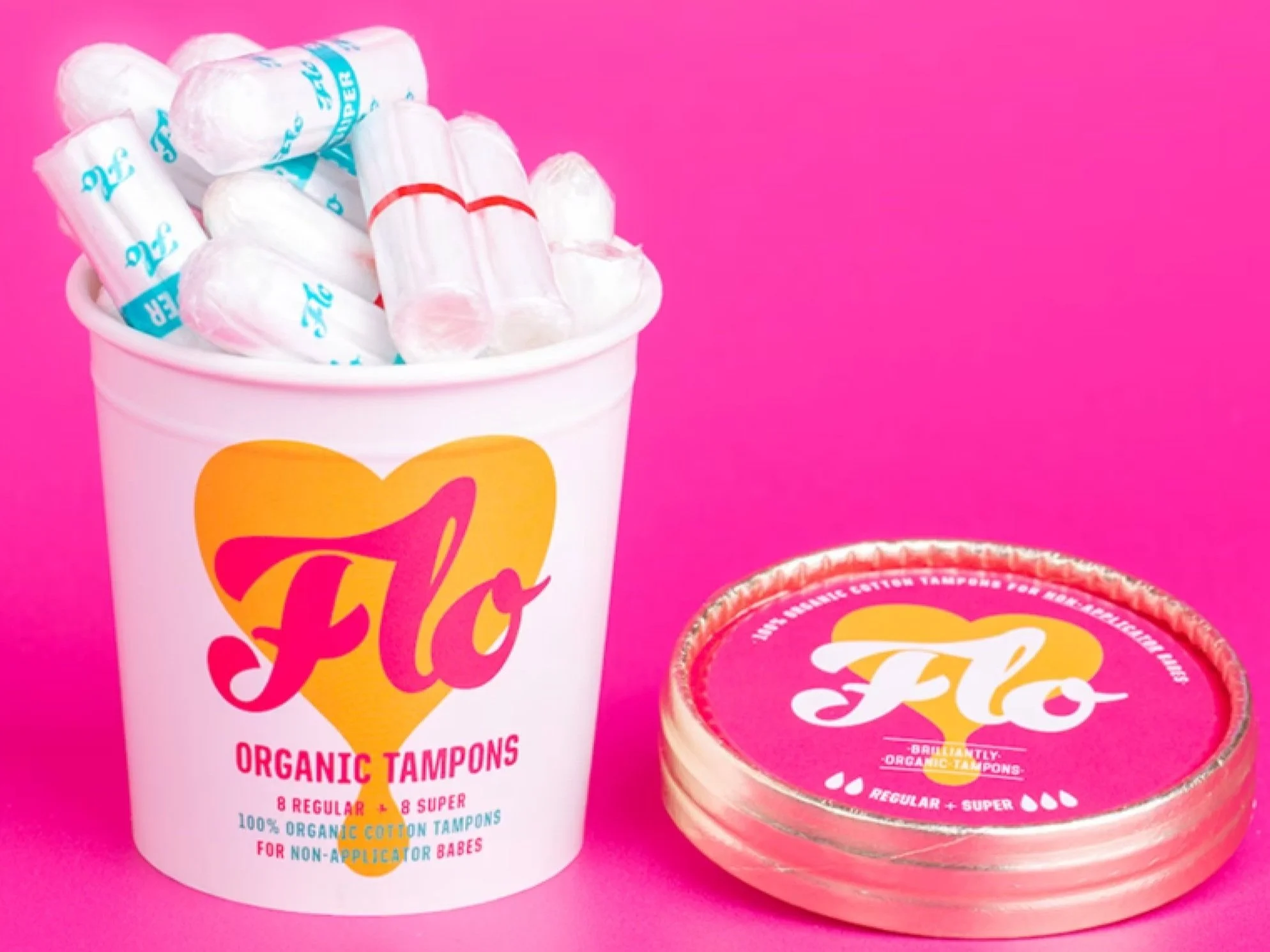The Brief :
Choose a sector within the primary healthcare system (such as mental health, sexual health, weight management issues, stress management etc.) and determine what problems that sector are having with accessibility. Then decide the relevant target audience for a design campaign to promote awareness and, to provide a possible solution that could increase accessibility to your intended target audience.
Research Question :
How can we make conversations about sexual health feel normal, positive, and judgment-free? By using educational methods, we aim to break the stigma, while encouraging prevention and testing. To create a safe space where people feel more comfortable taking control of their health.
The Open Door Project focused on making sexual health easy to talk about and access. That means educating people, encouraging prevention, and making testing simple and stress-free. At the heart of this is the idea of an "open door"—a safe space where people feel supported, protected, and connected. It’s about shifting the conversation so sexual health feels as normal as any other part of self-care.
Because Every Question Deserves an Answer.
Case Studies :
Smile Makers - “Innocent” Packaging Disguise
Love Honey - Discrete Packaging
Flo Tampons - Ice Cream Tub Packaging
What is The Open Door Project?
The campaign mainly focuses on two products/services in order to improve access to sexual health services around New Zealand:
Self-testing kits with discreet packaging—so people can take control of their health privately and comfortably.
Engaging advertising and social media content to raise awareness, reduce stigma, and make sexual health a more open, everyday conversation.
Character Design :
A series of unique character design sketches were developed as part of a process to identify a potential visual identity for the brand and its campaign. These designs aimed to add a humorous and friendly tone, helping to ease the stigma associated with sexual health.
First character sketches -
Prompted a shift in the overall visual direction due to inconsistencies with the chosen colour schemes for the characters. These early designs did not align with the brand guidelines created for The Open Door Project, highlighting the importance of maintaining cohesive visual elements.
Reworked character -
Became the primary visual element throughout the majority of the project.
Facial Expression Trials :
An experiment was conducted to determine whether a range of facial expressions could strengthen audience connection to a character. A series of mouth expressions were first sketched and then layered onto the existing outline of the crab character. These images were sent out for feedback, in order to find out whether a more expressive design would better resonate with viewers.
Results showed that the various facial expressions helped to convey emotion allowing the user to resonate with the character. Some expressions were said to be more effective than others such as the wide open mouths were easily readable. However the original version was said to have a neutral friendly and approachable look allowing for a more recognizable character compared to the range of facial expression options.
Social Media Campaign :
All of the social media collateral features short, impactful text to convey important messages quickly and effectively. The objective was to keep content simple and engaging while ensuring essential information was communicated clearly.
All visuals are cohesive with the brand guidelines, maintaining a consistent color palette, with a friendly, identifiable character to deliver a recognizable campaign across any platform.
Campaign Collateral Mockups :
Campaign Collateral Animations:
Mobile Bus Clinic :
Sketches, 3D models, and advertising mockups were created to explore the possible layout and function of the mobile bus clinic. The original concept consisted of the bus traveling to rural areas to provide free and discrete sexual health care and advice. The bus was envisioned to have:
Soundproof booths to speak to a sexual health nurse/doctor
Self-testing kits
Discrete packaging to reduce judgement and provide a sense of security
Narrow down symptoms and provide semi-accurate results
Reduces the number of people needing an appointment
Pamphlets with accurate/up to date information
However, the final outcome of the bus was solely used as an advertising method to further enhance the campaign rather than a mobile clinic.













